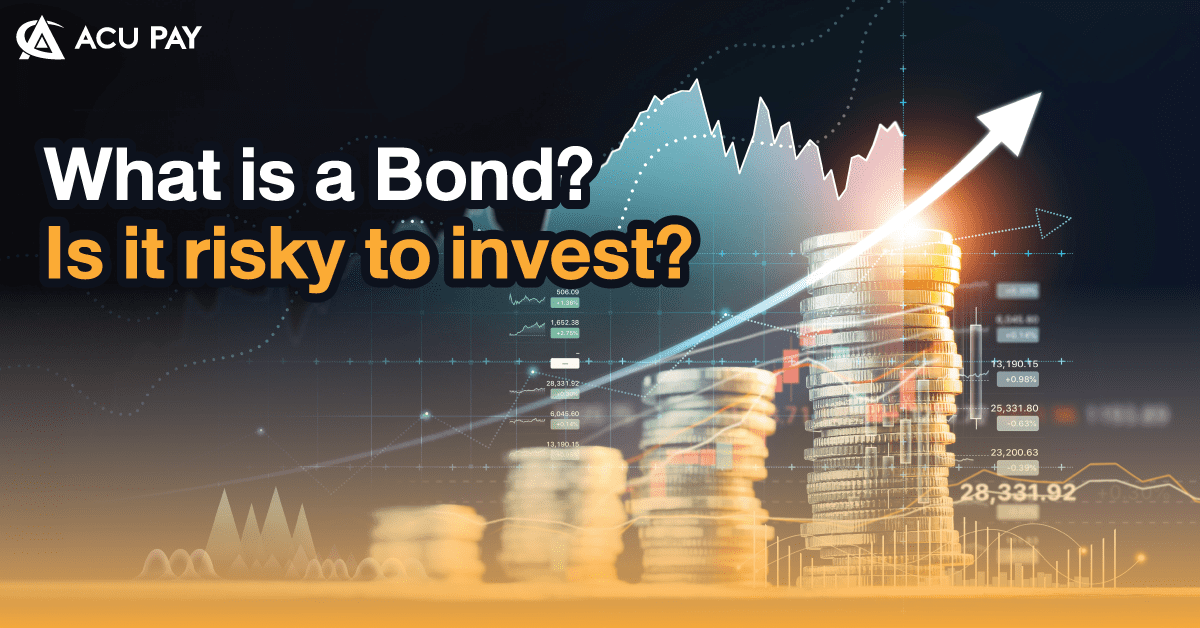

Many people have probably heard the term “stocks” for quite some time. But there is another word that we should be aware of, “bond,” because it is one of the debt instruments that are worth investing in and are classified in the low-risk zone.
A debtenture is a “debt instrument” or financial instrument in which the holder (investor) has a creditor status. and the issuer has the status of a debtor. The creditors will receive returns in the form of “interest” regularly for a specified period of time to raise funds for use in the company’s business, such as for investment in business expansion, the purchase of equipment, or to build a factory. Bonds can be divided into units, each having the same value. These are medium-to-long-term contracts, such as bonds with a maturity of 3 years to 10 years, which are similar to government bonds. The only difference is that government bonds are issued by the government while corporate bonds are issued by private companies.
The bond’s return is in the form of interest. Interest is paid twice a year or every 6 months, but for some bonds, it may be paid 4 times a year or every 3 months. And interest earned on bonds is subject to withholding tax at 15%, just like any other interest income.
is a regular source of income Because bonds and debt instruments will pay interest in installments to investors, The principal will be repaid upon the maturity of the bonds. which is suitable for investors who want regular income and want the principal of the investment to stay the same.
Another advantage of buying debentures is that they can be traded in the secondary market, such as the Bond Electronic Exchange (BEX), established by the Stock Exchange of Thailand. There is no need to wait for the maturity date. However, trading liquidity may vary depending on the size and conditions of each bond. If investors are interested in trading bonds in the secondary market, can contact to trade through brokers. or a securities brokerage company that is a member of the SET.
Liquidity risk, if you choose to invest in long-term bonds without a plan, can cause a situation where you have a need for money before the maturity of the investment. This leads to being sold in the secondary market, and as a result, you may end up selling at a loss or not receiving the money you should have if held until maturity.
Interest rate risk is the chance that interest rates will change and affect the investment you are investing in. For example, if the market interest rate goes up, the bond’s price or value decreases. For example, if you invest in a bond that earns 4% annual interest for 5 years, your money will be locked at a yield of 4% over 5 years. If the market interest rate rises, you lose the opportunity to invest more money in higher-yielding assets.
Credit risk is the chance that the company you invest your money in does not have the ability to pay back debt. As a consequence, the company may not agree to repay its debts or may file for bankruptcy, resulting in damage to your investment, meaning you may not receive the agreed interest or you may lose all of your principal.
However, before deciding to invest in bonds, we should set goals in accordance with the results and the duration of the investment. including taking into account the level of risk of the bond and the purpose of investing the money.